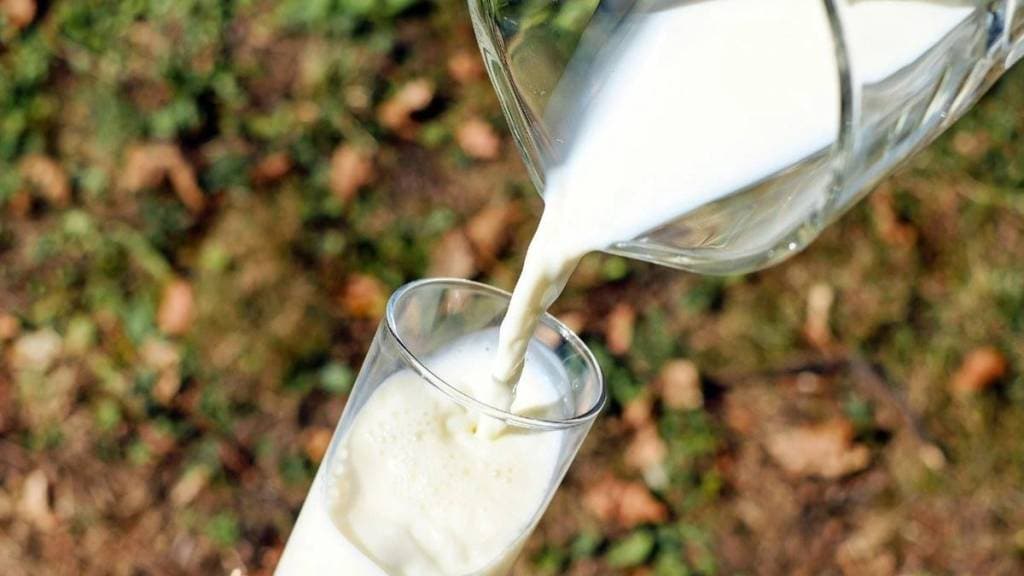Bucking the trend of steady rise over decades, India’ milk production remained stagnant in 2022-23 due to lumpy skin diseases in cattle across several states and the lagged effect of Covid19 in the form of stunting of the animals, a senior official on Wednesday said.
“The impact of lumpy skin disease on cattle can be felt to the extent that domestic milk production either remained flat or grew by just 1-2% last fiscal,” Rajesth Kumar Singh, secretary, department of animal husbandry and dairying, said.
Despite India being the largest milk producer since 1998, the country’s milk inflation has been the second biggest element after the high prices of cereals that drove up retail inflation in January and February 2023. Retail milk inflation in February 2023 was 9.65%.
Organised players, including Mother Dairy and Amul, hiked milk prices multiple times in the last one year citing higher fodder cost, robust demand and some impact due to reports of lumpy skin disease.
Singh said that milk production has been growing at 6% annually since last many years while domestic demand for milk grew by 8-10% last fiscal because of the rebound in post-pandemic demand.
The country’s milk production was reported at 221 million tonne (MT) in 2021-22. According to the Food and Agriculture Organisation, India is the highest milk producer in the world which contributed 24% of global milk output in 2021-22.
The government may resort to import of dairy products such as butter and ghee if required after assessing the stock position of milk southern states which have entered flush season where output grows sharply, Singh said.
“There is no constraint in milk supply as such in the country and there is an adequate inventory of skimmed milk powder,” he said while noting that stocks of products such as fats, butter and ghee etc are lower than previous year.
Some dairy experts also attribute the current supply problems to the Covid-19-induced sudden demand contraction for a few months since March-April 2020. This led to a reduction in cattle population, stunting of the animals and constriction of milk output with a lag.
“We do not anticipate any reduction in milk prices till November,” RS Sodhi, president, Indian Dairy Association, and former MD of Gujarat Cooperative Milk Marketing Federation, also known as Amul, had told FE recently.
Meenesh C Shah, chairman, National Dairy Development Board, had earlier stated that fodder and feed costs have increased by 25% in the last one year and there was some drop in milk production in a few pockets because of the spread of lumpy skin disease among livestock population.
According to industry sources, feed cost, which has a share of more than 65% in the cost of production of milk, has increased to Rs 20/kg from Rs 8/kg a year ago.
The annual rate of fodder inflation based on the all-India Wholesale Price Index increased to 24% in February 2023 from 28.66% in December 2022. In January 2022, fodder inflation was recorded at 7.14% and since then, it has been rising steadily.
Meenesh C Shah, chairman, NDDB, had earlier stated that fodder and feed costs have increased by 25% in the last one year and there was some drop in milk production in a few pockets because of the spread of lumpy skin disease among livestock population.


